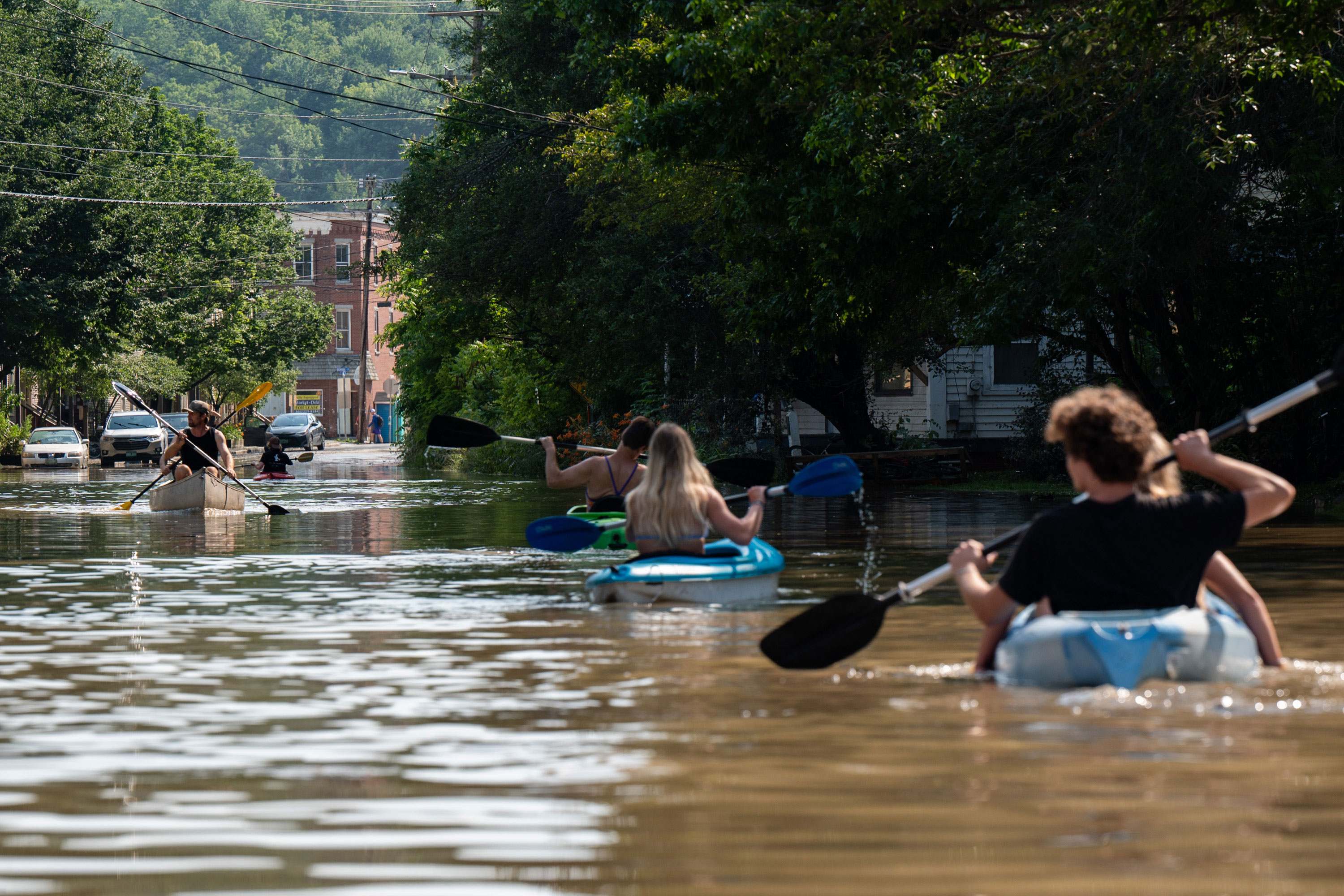Nearly 62,000 people died heat-related deaths last year during Europe’s hottest summer on record, a recent report showed — showing just how serious a health risk extreme heat can be.
In the US, heat kills more Americans than any other weather-related disaster, and the climate crisis has been making these extreme events more deadly. Yet the United States’ heat mortality numbers would suggest that far fewer people are dying from heat than in Europe. According to data from the US Centers for Disease Control and Prevention, around 700 people die heat-related deaths each year.
David S. Jones, a physician and historian at Harvard University, said there are a few explanations as to why US statistics seem low: The US could be underreporting its numbers, or heat is more lethal in Europe due to the lack of air conditioning — or it could be a combination of the two.
Jones said just 5% of households in France have air conditioning, for example, compared to nearly 90% in the US.
“But it comes back to this question of, well, is Europe just reporting more accurately than the US is?” Jones told CNN.
John Balbus, the acting director of the Office of Climate Change and Health Equity at the US Department of Health and Human Services, said the number is lower because the CDC estimates heat-related deaths based on death certificates that list heat as the primary or contributing cause of death, whereas academic institutions use statistical models for their estimates.
A 2020 study found that heat-related deaths were being underestimated in 297 of the country’s most populous counties, noting that mortality records tend to neglect other potentially heat-related causes of death, like heart attacks.
But Balbus said the CDC does track the number of people who show up to emergency rooms for heat-related illnesses.
“We’re doing the best we can with the resources we have,” Balbus said. “And we could do more with more capacity, but it’s something that has scientific challenges, and it requires support.”










